As part of my exclusive visit to NEVS, I had the opportunity to speak with Hirash Razaghi, the man responsible for designing the entire exterior of the Emily GT. In this conversation, we discussed how the car came to life—from an initial sketch to a fully functional prototype in just 10 months.
Table of Contents
A Rapid Development Timeline
As previously mentioned, the Emily GT was created under an extremely tight schedule. NEVS had been tasked by its owner to develop a large electric sedan with four in-wheel motors. Shortly after, Evergrande, NEVS’s parent company at the time, provided a design sketch that closely resembled what we now know as the Emily GT.
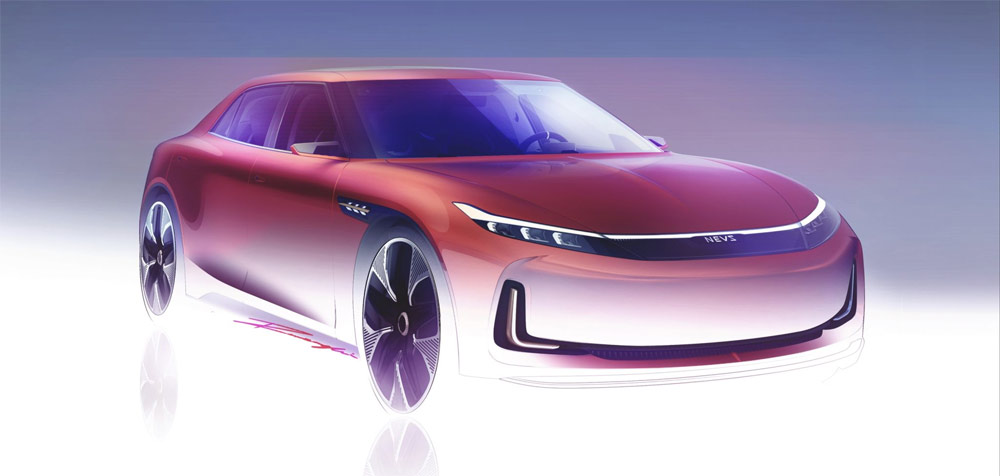
However, Hirash explained that the initial sketch was completely out of proportion, requiring a fundamental redesign to make the car production-ready. The challenge was to retain as much of the original design theme as possible while ensuring the final product was feasible for manufacturing. The interior design, on the other hand, was developed entirely in-house at NEVS, under the leadership of Simon Padian.
Saab’s Influence – Intentional or Not?
Many have speculated that the Emily GT’s design is an evolution of Saab’s signature design language. I personally thought so too, given the frequent references to Saab’s legacy in discussions about the car. However, Hirash made it clear that this was not the case.
Instead, his primary design inspiration came from the Ferrari 412—a long, simple, yet powerful sedan. However, since the car was developed within Saab’s former facilities in Trollhättan, the ‘Saab spirit‘ unintentionally seeped into the design. The team never set out to make the Emily GT a Saab successor, but the heritage of the workspace left its subtle mark on the project.
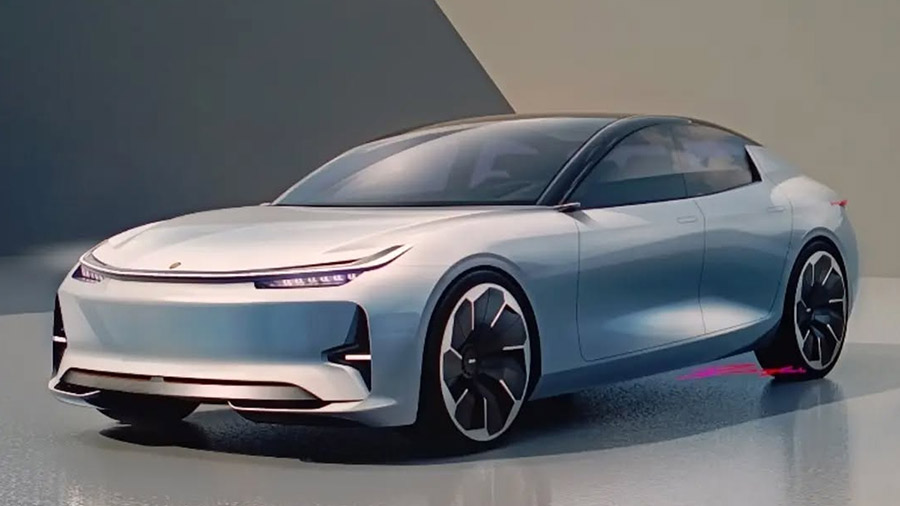
For example, the ‘aviation theme‘ found in many Saab models is subtly present in the Emily GT. The front lighting design is meant to symbolize a wing, while the overhead lighting module inside is inspired by a manta ray swimming through the ocean. These details aren’t immediately obvious but contribute to the car’s understated aerodynamic aesthetic. Everything discreet, but gives an “Aero” feeling.
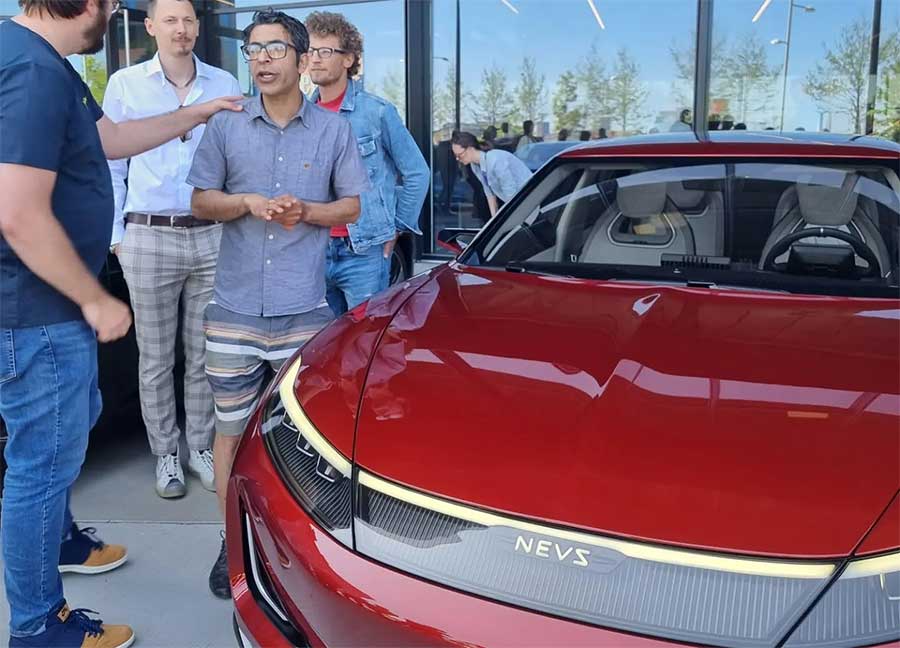
Design Adjustments and Future Enhancements
Given the extreme time constraints, each part of the Emily GT’s design only had one or two revision attempts before moving on to the next stage. Naturally, Hirash has ideas for improvements should the car move into production.
What would he change?
– Refine the car’s lines and adjust the silhouette for a more cohesive look.
– Redesign the lighting system to incorporate the latest advancements in LED technology.
– Improve the front ‘welcome lighting’ animation, which currently resembles flames. The idea behind this feature was to merge cultural influences—waterfall aesthetics from China and the warm glow of a campfire from Scandinavia—symbolizing the union of Emily GT’s global origins.
The Challenge and Reward of Working on Emily GT
When I asked Hirash about his experience working on the Emily GT, his response was filled with admiration for his team.
“I worked with a tight-knit and highly skilled group of colleagues. Without them, Emily GT would never have become a reality. We sacrificed many nights and weekends, but the company culture at NEVS made it possible to achieve what seemed impossible.”
Hirash described the project as a testament to Swedish engineering—proof that Trollhättan still has the talent and knowledge to build world-class cars.
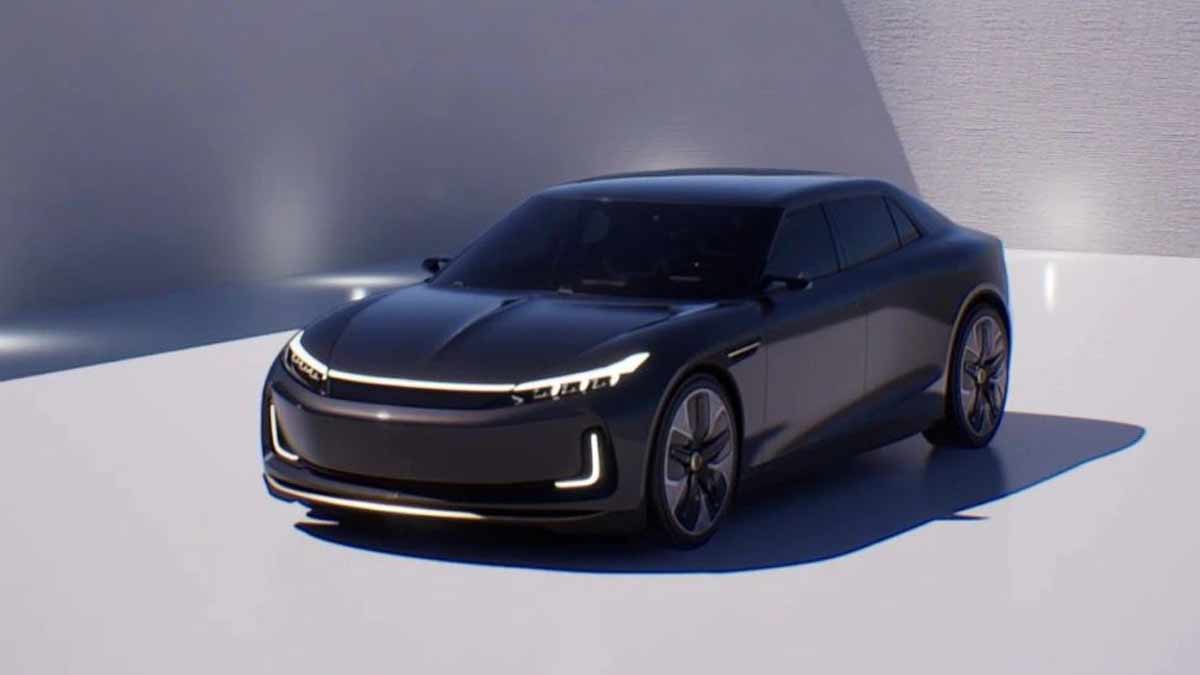
Would He Continue the Project if Given the Chance?
Finally, I asked him the ultimate question:
Would he continue working on the Emily GT if the project were revived?
Without hesitation, his answer was yes. He and his former colleagues know every detail of the car inside and out, and if given the opportunity, he would gladly return to bring Emily GT to life.
However, Hirash emphasized that the project is about more than just one car.
“Emily GT is a symbol of what Sweden can still achieve in automotive manufacturing. If we lose car production in this country, we lose a part of ourselves. Reviving car production in Stallbacka is not just about making cars—it’s about preserving Sweden’s industrial identity.”
With such passion from its creators, Emily GT’s story is far from over. Whether or not we see it hit production, one thing is certain—the spirit of innovation is alive in Trollhättan.
Stay tuned for the next part of The Emily Story!








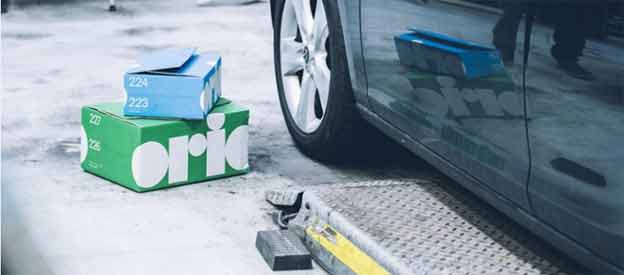



Looks like most EVs – boring
Supercar